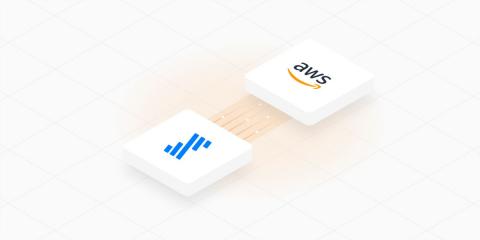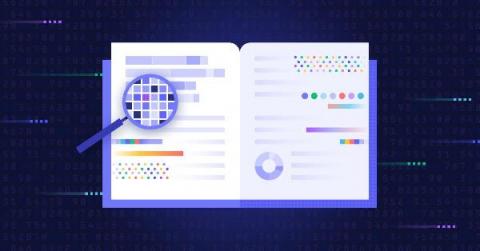Systems | Development | Analytics | API | Testing
%term
Low-Risk Releases
The Power of Perforce
How to upload release notes to TestFlight
Fivetran Automated Cloud Data Integration Now Deploys on AWS
Joint customers can now stay within AWS for all cloud services and minimize data movement costs.
Can you achieve self-service analytics amid low data literacy?
Customers wanting to drive self-service analytics as part of creating a data-driven organization will often ask, “Can we achieve self service analytics, when our work force has low data literacy?” Or they might say they are not ready for self-service analytics, incorrectly thinking they need first to improve data literacy. But the two are inextricably linked. I liken it to teaching a child to read without giving them any books on which to build their skills.
An Ultimate Guide to Node.js Logging
Logging helps developers in reducing errors and cyber-attacks. The application is designed to be dynamic. We can't always predict how an application will react to data changes, errors, or program changes. Logging in allows us to better understand our own programs. For all applications, an absolute logging solution is essential. A good logging system increases the application's stability and makes it easier to maintain on the production server.
How to Make a Build vs. Buy Decision for a Software Solution
Buying software is often the answer for busy engineering teams in search of a quick solution with minimum aftercare. But while your team may be sure of the problem, how do you go about searching for a product to fix it? Far from being the 'easy option', there is a lot you need to consider before you invest in a bought solution – user experience, cost comparisons, and support features to name a few. Let’s explore some of the considerations when making a good decision.
Assessing security risks with Kafka audits
Suppose that you work for the infosec department of a government agency in charge of tax collection. You recently noticed that some tax fraud incident records went missing from a certain Apache Kafka topic. You panic. It is a common requirement for business applications to maintain some form of audit log, i.e. a persistent trail of all the changes to the application’s data. But for Kafka in particular, this can prove challenging.
Increase compliance with Kafka audits
Suppose that you work for a government tax agency. You recently noticed that some tax fraud incident records have been leaked on the darknet. This information is held in a Kafka Topic. The incident response team wants to know who has accessed this data over the last six months. You panic. It is a common requirement for business applications to maintain some form of audit log, i.e. a persistent trail of all the changes to the application’s data to respond to this kind of situation.










